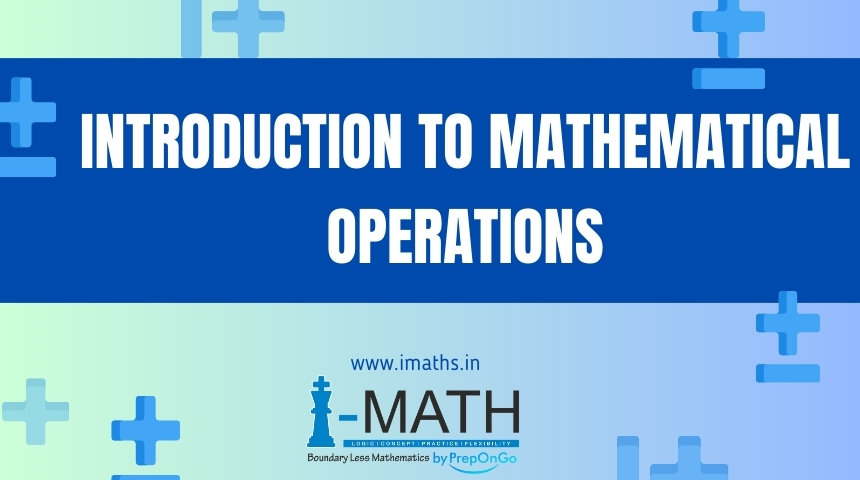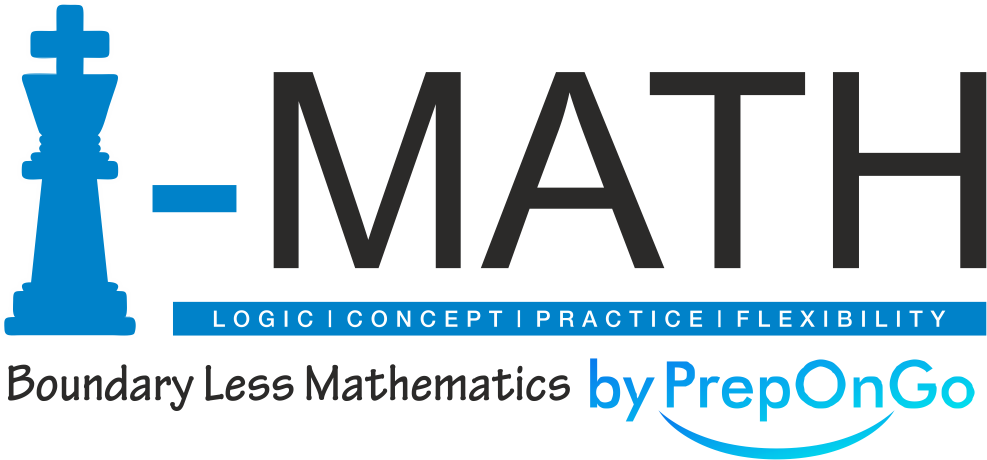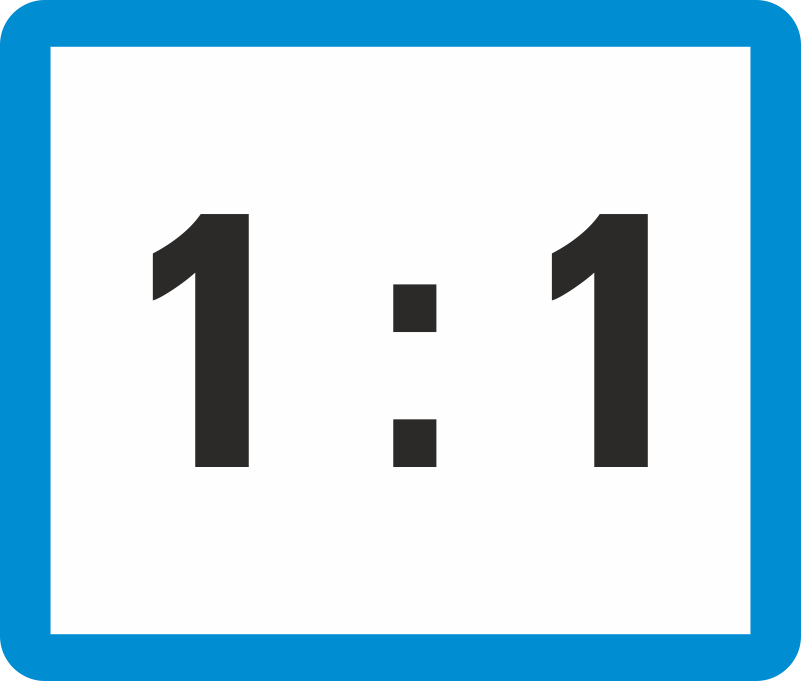Introduction to Mathematical Operations

Introduction to Mathematical Operations
Math can seem scary at first, but it’s all about understanding the basic building blocks! This article will introduce you to the world of mathematical operations, the tools we use to perform calculations.
Table of Contents
- Numbers and Symbols
- Operators and Operands
- BODMAS
- Importance of BODMAS
- BODMAS in Detail
- Worked Out Examples
- Practice Examples
- Summary
- Frequently Asked Questions (FAQs)
1. Numbers and Symbols
Numbers are the foundation of mathematics. We use them to count objects, measure things, and represent quantities. But numbers alone aren’t enough. We also need symbols to tell us what to do with them. These symbols are called mathematical operators.
2. Operators and Operands
Mathematical operators are like tiny instruction manuals. They tell us what operation to perform on the numbers, such as adding, subtracting, multiplying, or dividing. The numbers we operate on are called operands.
Here are some common operators and their meanings:
- Addition (+): Combines two numbers (e.g., 2 + 3 = 5)
- Subtraction (-): Takes away one number from another (e.g., 7 – 4 = 3)
- Multiplication (x): Repeated addition (e.g., 3 x 4 = 3 + 3 + 3 + 3 = 12)
- Division (÷): Splits one number into equal parts (e.g., 12 ÷ 3 = 4)
3. BODMAS
BODMAS is a helpful acronym that stands for Bracket, Orders (powers and roots), Division and Multiplication (from left to right), and Addition and Subtraction (from left to right). It’s a set of rules that tells us the order in which to perform operations in an expression that has multiple operators.
4. Importance of BODMAS
BODMAS is crucial because it ensures we get the correct answer. Without it, performing calculations in the wrong order can lead to mistakes.
5. BODMAS in Detail
Let’s break down BODMAS step by step:
- Bracket: If there are any brackets in the expression, solve what’s inside the brackets first.
- Orders (powers and roots): Then, deal with any powers (numbers raised to an exponent) or roots (like square root) before moving on.
- Division and Multiplication (from left to right): Perform all divisions and multiplications in the order they appear from left to right.
- Addition and Subtraction (from left to right): Finally, perform all additions and subtractions in the order they appear from left to right.
6. Worked Out Examples
Here are some examples to illustrate BODMAS:
-
Example 1: 2 + 3 x 4 Following BODMAS, we first perform the multiplication: 2 + (3 x 4) = 2 + 12 = 14
-
Example 2: (5 + 2) x 3
We solve the expression inside the brackets first: (7) x 3 = 7 x 3 = 21
7. Practice Examples
Test your BODMAS skills with these examples:
- 7 – 2 x 3
- (8 ÷ 2) + 1
- 4 x 2 + 5^2
8. Summary
BODMAS is a valuable tool for performing calculations accurately. Remember to follow the order of operations (brackets, orders, division/multiplication, addition/subtraction) to avoid mistakes.
9. Frequently Asked Questions (FAQs)
- What if there are no brackets? Solve the expression from left to right according to BODMAS.
- What if there are multiple multiplication or division symbols? Perform them from left to right.
- Why is BODMAS important? It ensures we get the correct answer in expressions with multiple operations.
By understanding BODMAS and practicing, you’ll be a math whiz in no time!
For More Content visit our Website – IMaths.in




